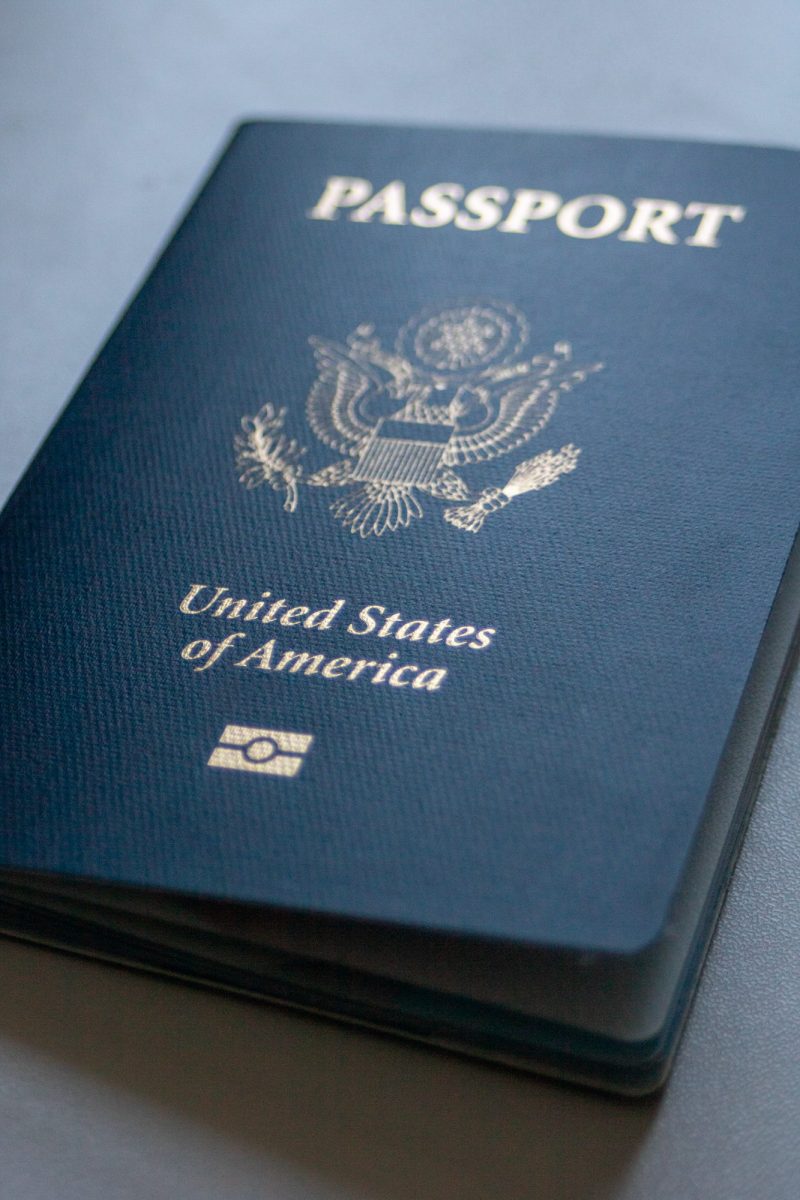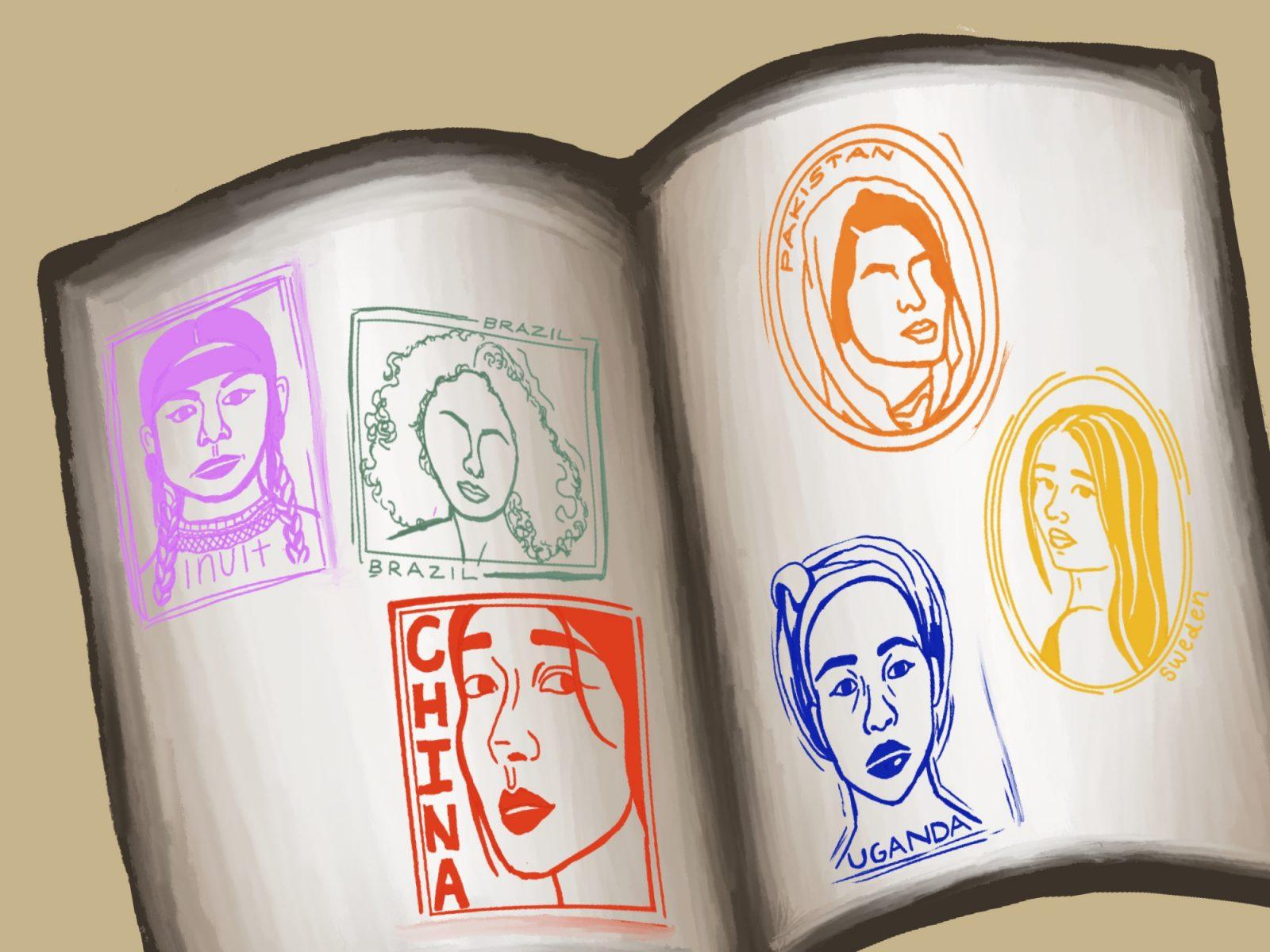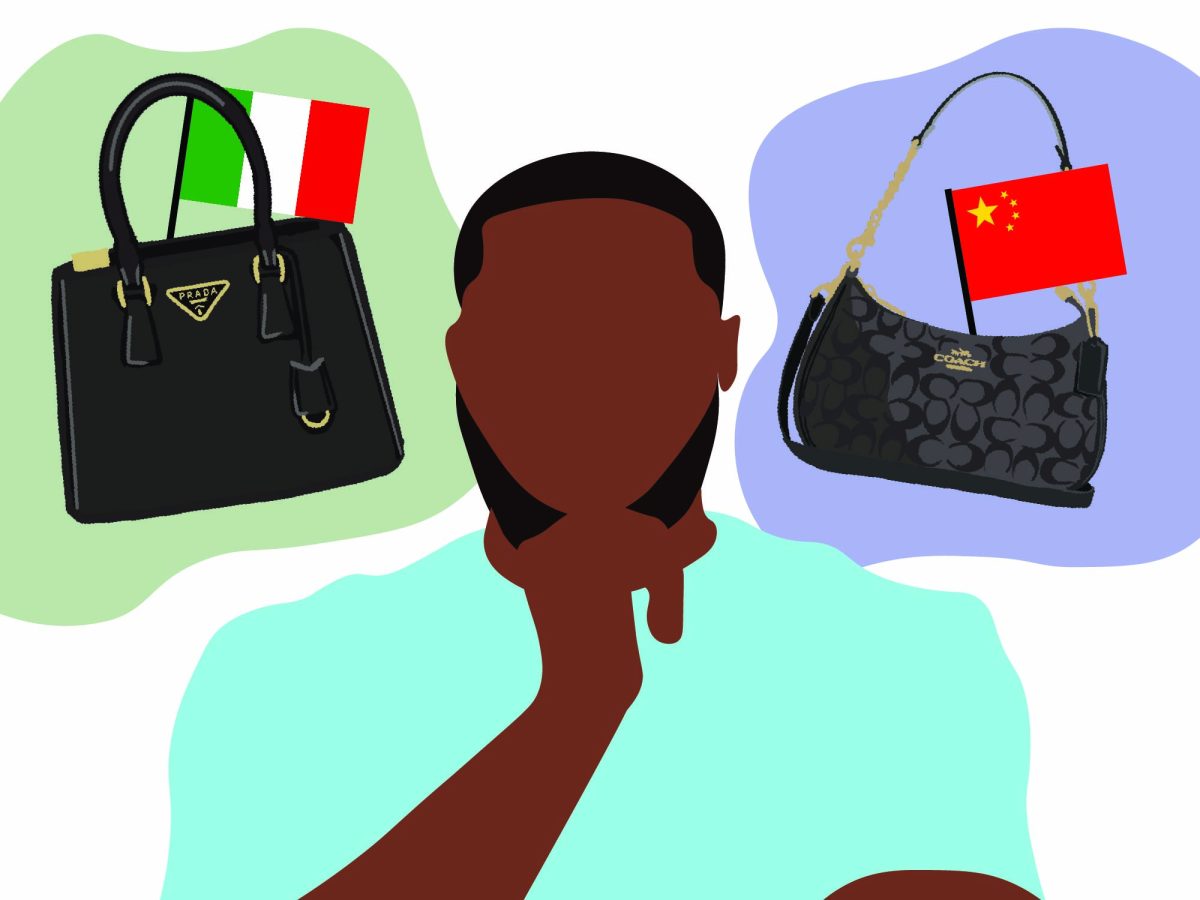Tanghulu, a popular street dessert, has recently been trending on social media platforms like Instagram and TikTok. The creation, consisting of fresh fruit skewers dipped into hot melted sugar, is deliciously satisfying to bite into and has captured the hearts of many Americans.
But contrary to popular belief, tanghulu is not a Korean creation — it is a Chinese one.
Tanghulu’s origins as a medicinal remedy exemplify its deep-rooted history in Chinese tradition. With roots dating back to the Song Dynasty, tanghulu is traditionally made with hawthorn berries. The sour hawthorn berries counteract the sweetness of the sugar coating, resulting in a harmonious blend of flavors.

Chinese legend has it that tanghulu was created in the Song Dynasty as a medicinal remedy for the emperor’s favorite concubine. After consuming the tanghulu, the concubine experienced a miraculous recovery. Word spread among the townsfolk, who eagerly began making and selling the creation.
Tanghulu derives its name from “bottle gourd” in Chinese, a fruit historically valued in ancient Chinese medicine. Although the mislabeling of tanghulu may appear like a simple mistake, it actually perpetuates a bigger issue: sinophobia.
When searching for “Korean-inspired makeup” or “Japanese-inspired nails” on platforms like Pinterest, content from Chinese platforms like Douyin and Xiaohongshu come up — oftentimes, with Chinese watermarks blatantly visible.
The misattribution of Chinese creations is a result of the greater appeal of Korean and Japanese products to Western consumers. Korean and Japanese culture have experienced a remarkable surge in popularity over the past decade, with anime and K-pop emerging as formidable forces in the realm of Western pop culture.
It is important to note that East Asian culture has not been fully embraced by Western society, with the fetishization of certain aspects posing its own concern. However, Chinese influence tends to be overlooked within the confines of what is considered acceptable. Lack of research into cultural origins exacerbates sentiments of cultural homogeneity and ultimately fuels sinophobia.
The history of sinophobia in the United States traces back to the Chinese Exclusion Act of 1882. Known as the first legislation to prohibit entry to an immigrant solely based on race or nationality, the act was the outcome of years of racial hostility against Chinese laborers.
In the early 17th century, the California Gold Rush of 1848 drew over 63,000 Chinese immigrants, igniting a huge surge in the population of Chinese people in the United States. Chinese workers were initially viewed as cheap labor, working the most dangerous parts of the transcontinental railroad for minimal pay. Nine out of the 10 workers on the railroad were Chinese, yet Chinese workers were barred from the final 1869 celebration ceremony.
By the Panic of 1873, perceptions of Chinese laborers switched from being viewed as model workers to an economic threat by white laborers. As a result, the Chinese were subject to race-driven violence and exclusion.
Sinophobia has increased exponentially since the breakout of COVID-19 in late 2019. The controversy surrounding the origins of the virus fueled conspiracy theories about Chinese aspirations for global dominance.
COVID-19 provided a convenient outlet for those with anti-Chinese sentiment to vilify Chinese individuals worldwide. The current geopolitical implications between the United States and China diminish the perceived importance of this issue.
The miscrediting of tanghulu may appear trivial, but it reflects a troubling pattern of sinophobia that has historically marginalized Chinese culture and its people, including Chinese Americans. The inability to separate Chinese individuals from the Chinese government places a target on Chinese Americans as “forever foreigners.”
Blurring the cultural lines between East Asian countries reduces the recognition of Chinese influence in modern media. In an era where media shapes lives and decisions, it is crucial to give credit where it’s due.



























































































































